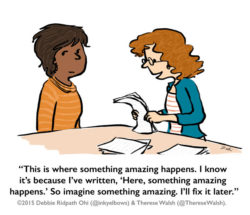
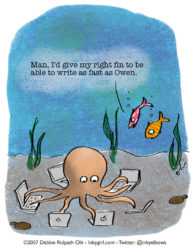
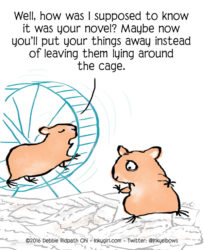
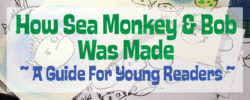
Part 1 – Part 2 – Part 3 Debbie started to experiment with different colors for the main characters as well as different techniques for the watery background: She did many, many sketches of the characters. Debbie also started doing “thumbnail sketches” (very small, rough sketches) to figure out the general layout of all . . .

Part 1 – Part 2 – Part 3 Debbie was SO excited when she first saw Aaron Reynolds’s wonderful story for Sea Monkey & Bob. For one thing, it was hilarious! She fell in love with the characters right away. Also, Debbie has been a longtime fan of Sea Monkeys. She was always intrigued . . .

Part 1 – Part 2 – Part 3 According to Aaron Reynolds, SEA MONKEY & BOB started as a story idea called Holy Mackerel! (see above image from Aaron’s writing journal) about a Mackerel who was scared he was sinking. The story didn’t quite work (“as many don’t”) but gradually evolved to become Sea Monkey . . .

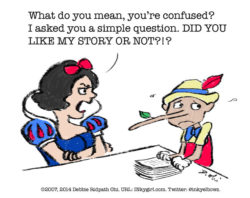
It’s so important for writers and illustrators to develop a thick hide in this business. If you don’t, chances are good that you won’t be able to handle the critiques (solicited or not) and bad reviews. Learn how to take negative feedback gracefully. And never EVER publicly respond to a . . .
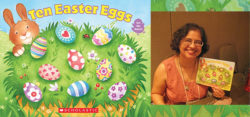
Back in 2013, I posted an interview with Scholastic editor Celia Lee, who invited Inkygirl readers to submit picture book manuscripts for a limited time. Two book contracts came out of that, including Josh Funk’s PIRASAURS! story (see my interview with Josh Funk and the illustrator, Michael Slack). I’m delighted to . . .